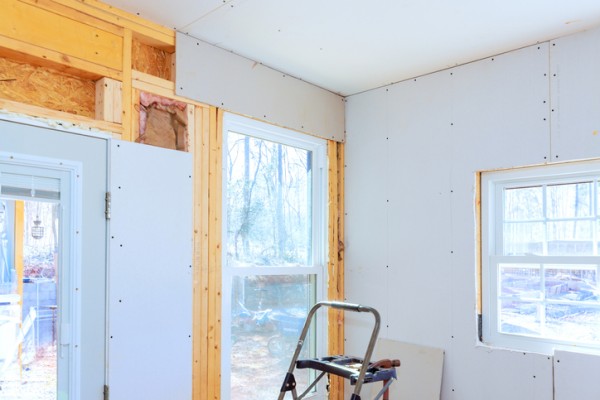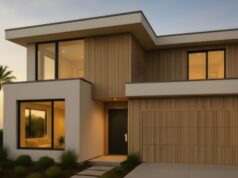
Plasterboard walls are a staple in Australian homes, offering a versatile, cost-effective, and efficient solution for creating internal partitions. Whether you’re constructing a new home, renovating an existing space, or upgrading for better soundproofing and fire resistance, understanding plasterboard wall systems is crucial.
What is plasterboard?
Plasterboard, commonly known as drywall or gypsum board, consists of a layer of gypsum plaster sandwiched between two sheets of heavy paper. It’s widely used for lining walls and ceilings due to its smooth finish, ease of installation and adaptability to various finishes.
Types of plasterboard
Different applications require specific types of plasterboard:
- Standard plasterboard: Suitable for general-purpose use in dry areas.
- Moisture-resistant plasterboard: Ideal for wet areas like bathrooms and laundries.
- Fire-resistant plasterboard: Designed for areas requiring enhanced fire protection.
- Acoustic plasterboard: Engineered to reduce sound transmission between rooms.
Installation Best Practices
Proper installation is key to achieving optimal performance from plasterboard walls. Adhere to the following guidelines:
- Stud Spacing: Ensure studs are spaced according to the manufacturer’s recommendations, typically 600mm apart.
- Fixing: Use appropriate fasteners, such as screws or nails, ensuring they are placed at recommended intervals and depths.
- Jointing: Apply joint compound to seams, embedding tape to prevent cracking and achieve a seamless finish.
- Finishing: Sand joints smooth and apply finishing coats as required for the desired surface quality.
For a step-by-step guide, visit our Installing Plasterboard Walls and Insulation page.
Enhancing performance with soundproofing
To improve acoustic performance, consider using acoustic plasterboard or incorporating soundproofing techniques. These may include:
- Double Layering: Installing two layers of plasterboard with a gap between them.
- Decoupling: Using resilient channels to separate the plasterboard from the studs.
- Insulation: Filling the cavity with sound-absorbing materials.
For more information, explore our Soundproofing Techniques article.
Compliance with Australian Standards
Ensure your plasterboard installation complies with relevant Australian Standards, such as:
- AS/NZS 2589: Covers the application and finishing of gypsum linings.
- AS/NZS 1170.2: Pertains to structural design actions, including wind actions.
- National Construction Code (NCC): Provides performance requirements for building work.
For detailed compliance information, refer to the NCC Volume 1.
Conclusion
Plasterboard walls offer a practical solution for creating functional and aesthetically pleasing interiors. By selecting the appropriate type of plasterboard and adhering to installation best practices, you can ensure the longevity and performance of your walls. For further guidance, consult our comprehensive resources on Plasterboard Walls.





